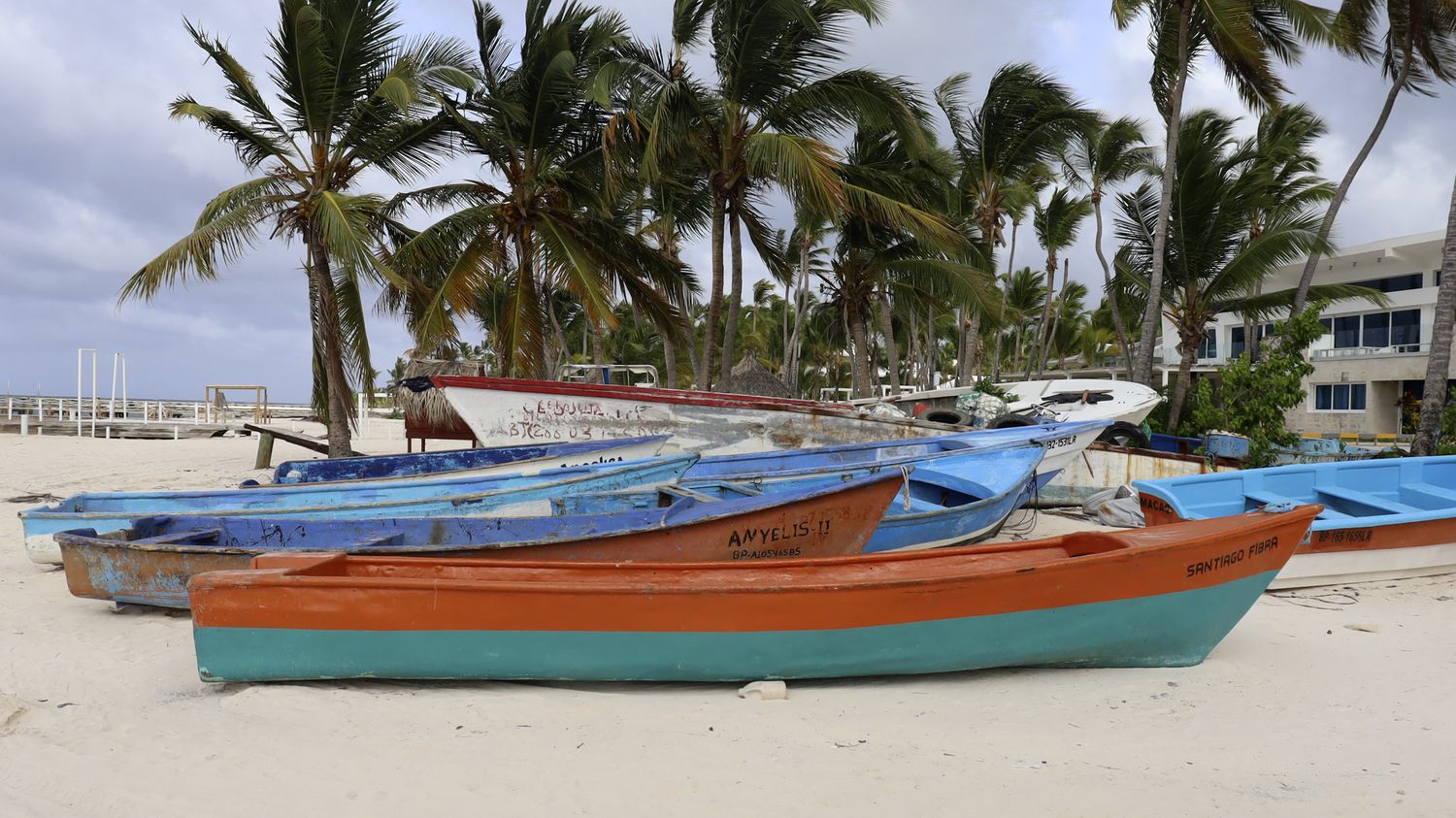In the Caribbean, Hurricane Beryl continues to advance on Tuesday, with winds exceeding 200 km/h. This is a hurricane of exceptional strength, it has just been upgraded to category 5.

Published
Reading time: 2 min

With gusts of up to 250 km/h, rough seas and torrential rain, Hurricane Beryl has just been classified as a Category 5 hurricane. “potentially catastrophic”by the American hurricane center. Beryl is expected to pass near the Dominican Republic and Haiti on Tuesday afternoon, July 2, and hit Jamaica on Wednesday.
This hurricane Beryl, a very impressive white whirlwind on satellite images, was only category 4 on Monday. It has already devastated the Grenadine Islands, damaging almost all the houses and throwing some boats ashore. On Monday, even Martinique, located 200 km to the north, and which was not directly in the path of the cyclone, also felt its passage with violent winds, which deprived several thousand inhabitants of electricity.
This hurricane surprised climatologists and forecasting engineers both by its precocity and its intensity. In the history of hurricanes, Beryl is exceptional for two reasons, indicates Météo France. First, it is very rare for a category 4 or 5 hurricane to occur in this region before August 1st. Category 4 had already happened in July 2005 with the two hurricanes Dennis and Emily, but this is the only precedent. Then, second exceptional characteristic, it took Beryl only 42 hours to go from tropical depression to major category 4 hurricane. Such a rapid rise in power has only happened six times in the history of hurricanes in the Atlantic and never before September. Add to that the potentially catastrophic passage to category 5: it is very exceptional.
This anomaly can be explained by the unusually high sea surface temperatures in this region of the North Atlantic right now. The temperatures are August or September. High ocean temperatures alone do not make cyclones easier, but a nascent tropical storm will find more moisture and energy over a warmed sea that evaporates more. Once the cyclone forms, it is also likely to produce more devastating rain because of that same increased moisture. This phenomenon is likely to occur more frequently as the climate warms.
Beryl seems to be heading in the direction of an intense hurricane season in the North Atlantic, as NOAA, the American agency for ocean and atmospheric observation, announced in May. The end of the El Niño cycle has an 80% chance of being replaced by La Nina by the fall. One of the consequences of the return of La Nina is an increase in the number of hurricanes in the Atlantic.
